Chevrolet Colorado Vs Ford Ranger: Which Truck Is Right For You?

When it comes to American rivalries few are as longstanding as the one between the two Detroit giants, Ford and GM.
There is no segment on the entire continent that doesn’t have these two marquees fighting for control. The rivalry is especially fierce in the workhorse pickup truck segment. Be it full-sizers or heavy duties, both companies have options to rival the other. And things are no different in the mid-size pickup arena. Where Chevrolet has its tried and tested Colorado armed with three powertrains two transmission options and a hardcore off-road ZR2 trim, the newer Ford Ranger keeps it simple (for now) with a solitary powertrain and a more modern interior.
Get a Quote on a New Ford Ranger or Chevrolet ColoradoWhile both offer almost full-sizer levels of capability, they both have their pros and cons. But which one should you go for? We give you a complete breakdown to help you choose the right one.
Cabin Space
Colorado: Being a mid-size truck, the cabin space inside is quite mid-sized too. To have any hope of fitting adults in the back, you would need to opt for the crew cab. It offers a respectable 41.4 inches (1,051 mm) of headroom up front and 38.3 inches (973 mm) of it in the rear which should prove to be adequate even for the slightly larger than average adults.
As for legroom, you can expect a healthy 45 inches (1,143 mm) of it in the front but the rear only offers 35.8 inches (909 mm) which would be respectable for average-sized adults at best. By contrast, the extended cab only manages 28.6 inches (726 mm) of legroom in the rear. It’s worth noting that the wheelbase only affects the length of the rear bed and makes no difference to the cabin space.
Ranger: Just like the Colorado, the space inside Ford’s mid-size pickup is nothing to boast about. Up front, you can expect to find 39.8 inches (1,011 mm) of maximum headroom. The SuperCrew cab offers 38.3 inches (973 mm) of headroom in the rear while in the SuperCab, the headroom drops to 35.9 inches (912 mm). If you will have passengers, unless they are from the Shire, they will have a hard time getting in the back of the SuperCab. In SuperCrew too, anyone of the above-average build is likely to feel constrained.
As for legroom, Ranger offers plenty of it in the front with 43.1 inches (1,095 mm) but in the rear, it drops to 34.5 inches (876 mm) in the CrewCab while the SuperCab only offers 30.4 inches (772 mm) of it.
Bottom Line: One thing worth noting here is that the Ranger is actually a couple of inches shorter than the Colorado in terms of length and wheelbase. Yet, it manages to offer almost as much space in the rear bench in the SuperCrew and almost two extra inches of legroom in the SuperCab which makes it the clear winner.
Cargo and Towing
Colorado: There are no foldable seats here to accommodate extra luggage so the bed is all you get. The short box can accommodate 41.3 cu-ft (1,169 liters) of luggage while the long box, available with both extended and crew cab configurations offers a max cargo capacity of 49.9 cu-ft (1,327liters). Chevy’s mid-sizer is rated to tow a maximum of 7,000 lbs (3,175 kg).
SEE ALSO: 2021 Ford F-150 PowerBoost Hybrid Review: This Isn’t Your Father’s HybridRanger: The Ranger too offers two bed sizes just like the Chevrolet. It offers 43.3 (1,225 liters) and 51.8 cu. ft (1,466 liters) of maximum cargo capacity depending on the size of the rear bed you choose. It can also tow 500 lbs (226 kg) more than the Colorado as well.
Bottom Line: The Ranger is the smaller truck but yet manages to offer slightly more cargo capacity than its Detroit rival. It can also tow more, so that’s great too. Oh, and it’s also the winner here.
Tech and Features
Colorado: Chevrolet offers the base WT or “Work Truck” trim with a seven-inch touchscreen infotainment system. Apple CarPlay and Android Auto though are part of the standard kit as is a four-way power-adjustable driver’s perch. Automatic climate control is available as standard Z71 onwards, as an option on the LT trim and not at all on the base WT.
Trims LT and above come with a six-way power-adjustable driver’s seat while a four-way power-adjustable passenger seat is only available on the ZR2 trim only. All trims except WT are Wi-Fi capable and come with the larger eight-inch touchscreen. Lastly, if you want a 4.2-inch digital screen in the instrument cluster, Z71 and the ZR2 would be the way to go.
Ranger: To be honest, the base Ranger XL is well, pretty basic. No touchscreen here, just a 2.3-inch “productivity screen” reminiscent of possibly the late 2000s. 4G Wi-Fi though is standard and you can upgrade to the SYNC 3 system but it will cost you, $3,225 to be precise. And it will add an appearance package to the mix as well.
Ford Co-Pilot360 cruise control and SYNC3 are part of the standard kit XLT trim onwards and so is the climate control, which is optional on the base XL trim. If you want power-adjustable driver and passenger perches, you will need to part with $2,450 more to have them on the XLT. At the top of the lineup sits the Lariat trim, though it comes with most bells and whistles, Trailer Tow package (7,500 lbs towing capability) and the B&O sound system cost extra.
Bottom Line: The Ford offers a more feature rich package provided you are willing to pay for it. SYNC3 system in our opinion should have been standard. Also, the Colorado offers a touchscreen as standard whereas the Ford comes with a productivity screen in the base trim and hence loses out to the Chevy for the top spot here.
Powertrains
Colorado: Unlike the Ranger, which we will get to shortly. the Colorado comes with a choice of three powertrains and two transmissions. Standard on the two-wheel-drive models is the 2.5-liter four-pot making just 200 hp and 191 lb-ft of torque. While all engines are available with both 2WD and 4WD, the 2.5 with 4WD is only available with the extended cab versions.
SEE ALSO: 2019 Chevrolet Colorado ZR2 Bison ReviewNext, is the 3.6-liter V6 making a healthy 308 hp of max power and 275 lb-ft of peak torque. The crew cab with short and long boxes are only available with the V6 and the 2.8-liter diesel which makes a humble 181 hp but a massive 369 lb-ft of peak torque. As for transmissions, the diesel and the gasoline four-pot are only available with the six-speed automatic while the 3.6-liter V6 is only available with an eight-speed auto.
Ranger: Unlike the Colorado, the Ranger comes with a solitary 2.3-liter EcoBoost engine that pairs with the 10-speed automatic also found on its elder sibling. It makes 290 hp and 310 lb-ft of peak torque and comes with both 2WD and 4WD.
Bottom Line: Despite the solitary powertrain, Ford manages to out-haul the Colorado, provided it’s equipped with the tow package. Also, Colorado offers a diesel which though expensive is an added option for its customers. Plus, you get a massive amount of torque along with it.
Fuel Economy
Colorado: Strangely, the fuel economy figures of the gasoline engines on the Colorado are quite similar despite the difference in capacity. The 2.5-liter four-pot manages to return 19 mpg in the city and 25 mpg out on the highway for the 2WD version. For the 4WD versions, the city figure remains unaltered while the highway efficiency drops by an mpg.
The V6 returns 18 mpg in the city and 25 mpg on the highway with 2WD and 17 and 24 mpg with 4WD. If you want the most efficient engine however, then the diesel is the ideal choice. It manages 20 mpg in the city and 30 mpg on the highway. With 4WD the figure drops t0 19 and 28 mpg. Finally, the ZR2 performance trims, only available with 4WD manage 18 and 22 mpg with the diesel and a paltry 16 and 18 mpg with the 3.6 V6. There is no 2.5 on the ZR2 trims for obvious reasons.
Ranger: According to EPA estimates, the 2WD ranger can return 21 mpg in the city and 26 mpg out on the highway for an overall figure of 23 mpg. 4WD Rangers are estimated to return 20 mpg in the city and 24 mpg on the highway for a combined figure of 22 mpg.
Bottom Line: Compared gasoline to gasoline, the Ranger outperforms the Colorado with ease. But the diesel on the Colorado is far more efficient than any gasoline engine on either truck making the Chevy a clear winner here.
Safety
Colorado: Only features like airbags, ABS, and traction control are standard on the Colorado. In fact, active safety features like Forward Collision-Avoidance and Lane Departure Warning are all optional LT trim onwards, even on the top Z71. Reversing camera though is standard. In addition, auto emergency braking is only available with Forward Collision Avoidance as a part of the safety package.
Ranger: Compared to the Colorado, the Ranger offers a host of active safety features as a part of the standard kit. It offers Pre-Collision Assist with Auto Emergency braking and pedestrian detection as standard. Forward Collision Warning and Dynamic Brake Support are also part of the standard package. Blind spot detection with rear cross-traffic alert is available from XLT trim onwards.
Bottom Line: In terms of standard safety features, the Ranger offers a more comprehensive package. Also, it appears that the Colorado doesn’t offer blind-spot detection in any of its trims. The Ranger is the clear winner here.
Pricing
Colorado: Pricing for the Colorado starts from $29,780(including destination) for the base WT 2WD with the 2.5-liter four-pot. Upgrade to the V6 engine costs $1,485 extra. Adding the V6 and 4WD will increase the price by $3,500 over the base. The LT trim starts from $32,380 while upgrading to the diesel adds a hefty $6,915 to the cost of the truck.
If you’re eyeing the Z71, it is only available with 4WD and with the V6 as standard. Prices start from $34,995 and upgrading to the diesel costs $4,375 extra. At the top of the lineup sits the ZR2 trim, this off-road-focused mid-sizer costs $44,395 for the V6 model while the diesel starts from $47,845. All prices are before options and packages.
Ranger: The base XL trim starts at $26,660 (including destination) for the SuperCab. Opting for the SuperCrew configurations costs $2,175 over the SuperCab regardless of the trim. It is also worth noting that the SuperCrew is only available with the five-foot box hence with lesser of the two cargo capacities. The XLT starts from $30,710 while the top-of-the-line Lariat trim starts from $34,750 before options.
Bottom Line: In terms of trims and options, the Colorado has a more diverse lineup than the Ford. Plus, the options of the diesel and the ZR2 ensure that there is a trim preference for everyone. The winner here is a no-brainer really.
Verdict: Chevrolet Colorado vs Ford Ranger
Both the Chevrolet Colorado and Ford Ranger are pretty evenly matched in the sense that they both have their strong points and shortcomings. But the Ranger comes across as more capable, more spacious, despite the shorter length, and offers more cargo capacity and hauling capability as well. Though you need to pay for the added towing capability, and the nicer interior, you do get better standard safety equipment compared to the Colorado. It is also cheaper compared to the Chevrolet. So unless you want a diesel or an off-road beast of a mid-sizer (for now), on paper at least, the Ford Ranger is the ideal choice.
Become an AutoGuide insider. Get the latest from the automotive world first by subscribing to our newsletter here.

More by Kshitij Sharma




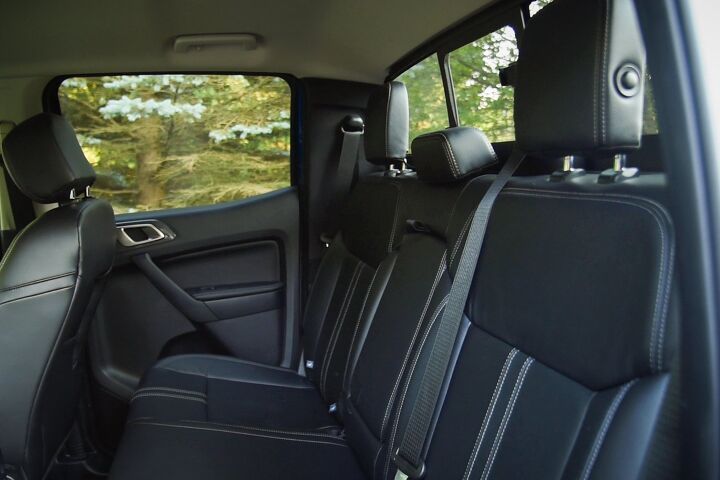




























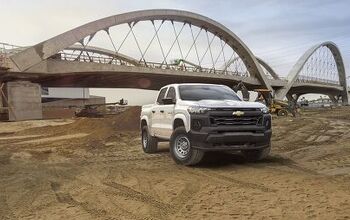
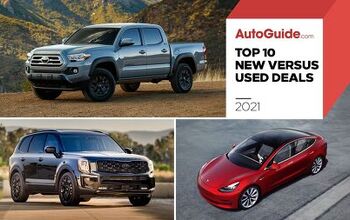


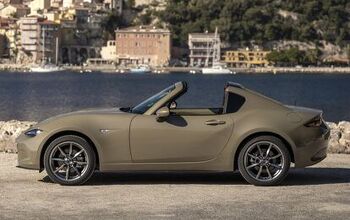
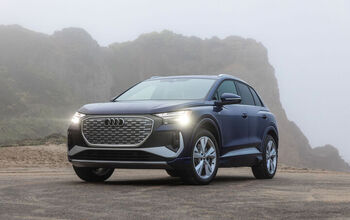


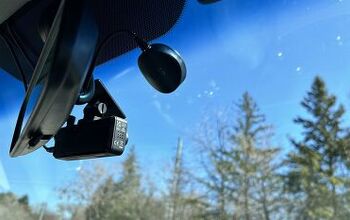
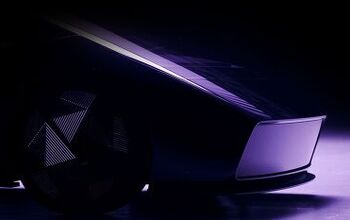

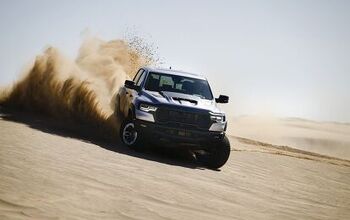
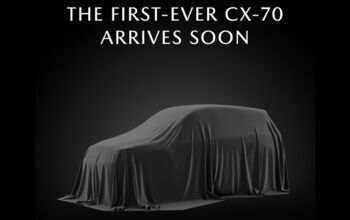
Comments
Join the conversation
I have an XLT Super Crew Ranger. It has everything I need and a few perks. The truck is very lively with the ecoboost 2.3. No, let me rephrase that. Its downright quick and never stops pulling. The truck is as solid as a piece of granite and handles so nicely. Zero issues in 10k of driving.
Should I get a ranger or a f150